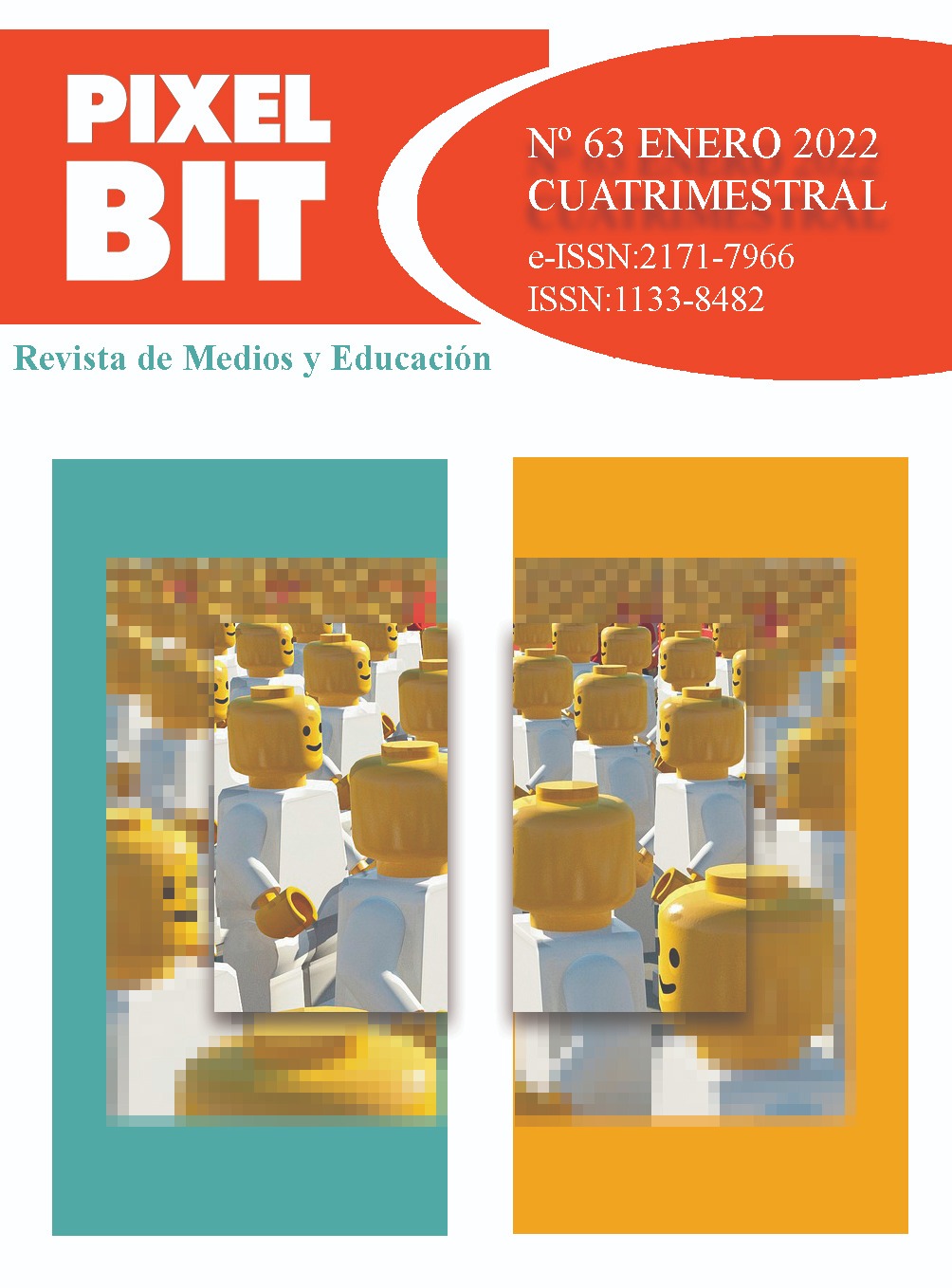Abstract
The ability of an organization to face threats and to overcome vulnerabilities in cybersecurity depends to a large extent on the level of training and awareness of its personnel and consequently on the existence of a competency framework that identifies the indicators in training awareness required for each job.
This article offers a systematic review of the literature to explore the use of competency models when developing training and awareness programs in cybersecurity aimed at non-technical personnel in organizations.
An examination of the literature shows that, although there is a high number of studies that address cybersecurity training and awareness, research related to competency models for non-specialized personnel is significantly scarce, methodologies have not evolved significantly, and the few skills models available incorporate job profiles in a limited way.
As a result, and with the aim to advance the knowledge in this particular field, this article presents a model based on competencies for non-ICT personnel which includes the configuration of training and awareness plans according to job profiles, thus incorporating into the general map of competencies of organizations the necessary cybersecurity competencies.

This work is licensed under a Creative Commons Attribution-NonCommercial-NoDerivatives 4.0 International License.
Copyright (c) 2022 Pixel-Bit. Media and Education Journal

